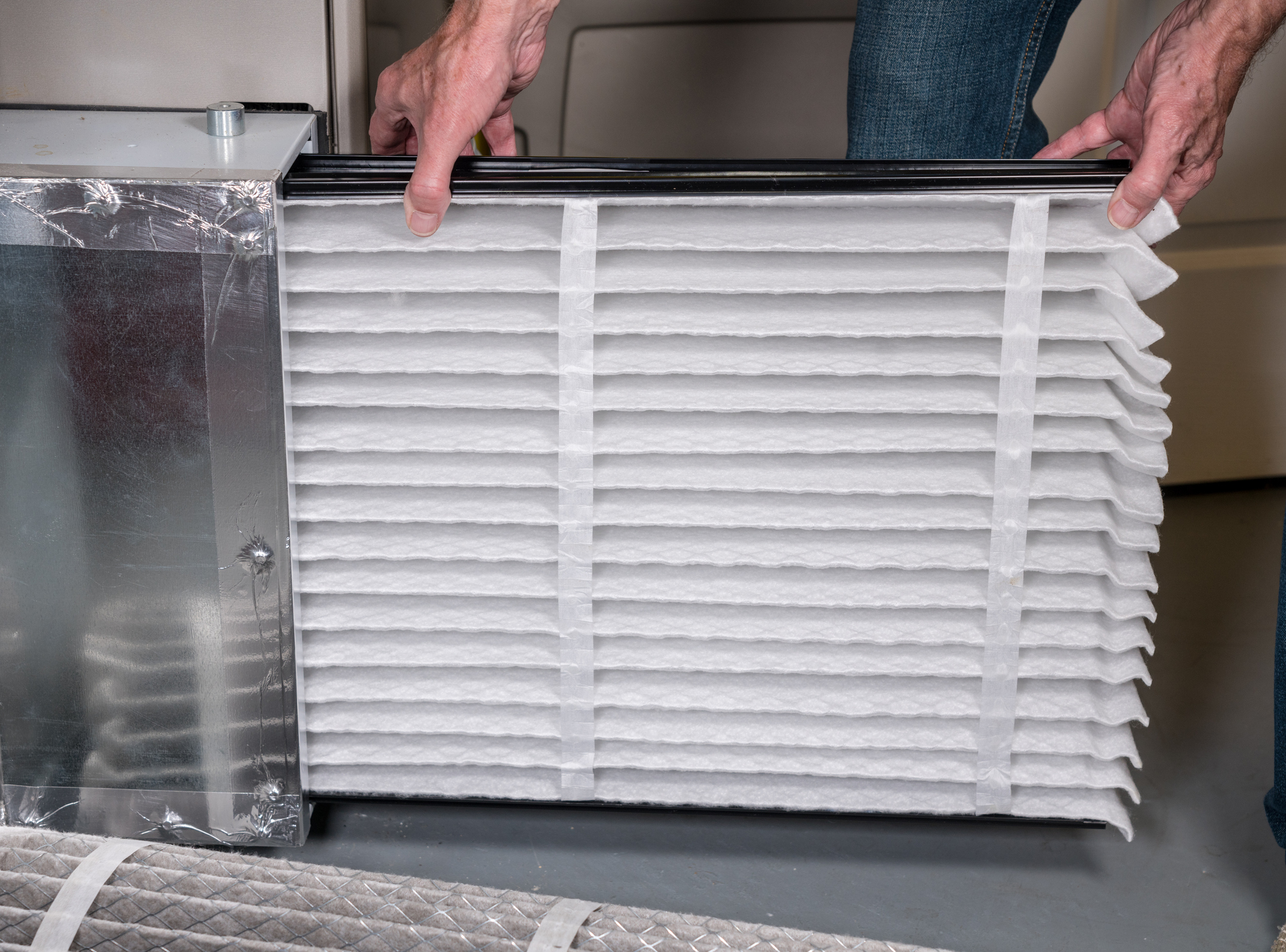
Regular replacement of your heating, ventilation, and air conditioning (HVAC) unit’s filter is an essential part of maintenance that can ensure proper functioning of your system, improve its efficiency, increase its lifespan, and reduce your utility costs.
Filters remove contaminants from your home’s indoor air before you breathe it in and keeps the HVAC system’s ductwork clean.
The average HVAC system needs a new filter every three months. Several factors determine how often you should change the filter, including the type of filter you use, the size of your home, how often the HVAC unit is on, whether you have pets, and whether household members have allergies or other medical conditions.
It’s good practice to check your filter every month, especially if you have just installed a new system. Paying attention to changes in your home and in your city (such as construction and pollution) also will help you decide when to replace the filter. If you notice the furnace filter’s surface is gray and covered in buildup, you should change it. Other signs you may need to change your filter are more dust in the home or longer heating and cooling cycles.
A filter’s thickness can range from one to five inches. Generally, a thicker filter will last longer and be more efficient. Your system configuration will determine the thickness of the filter that you can use.
Pleated furnace filters are more efficient and last longer than simple fiberglass non-pleated filters. Pleated filters contain much more surface area to catch pollutants and contaminants and have smaller pores to capture smaller particles while still allowing full air flow.


